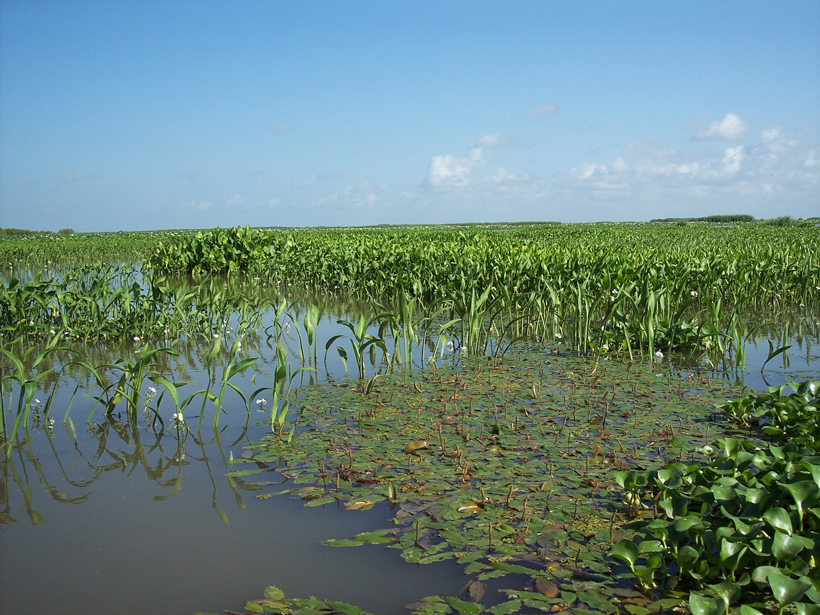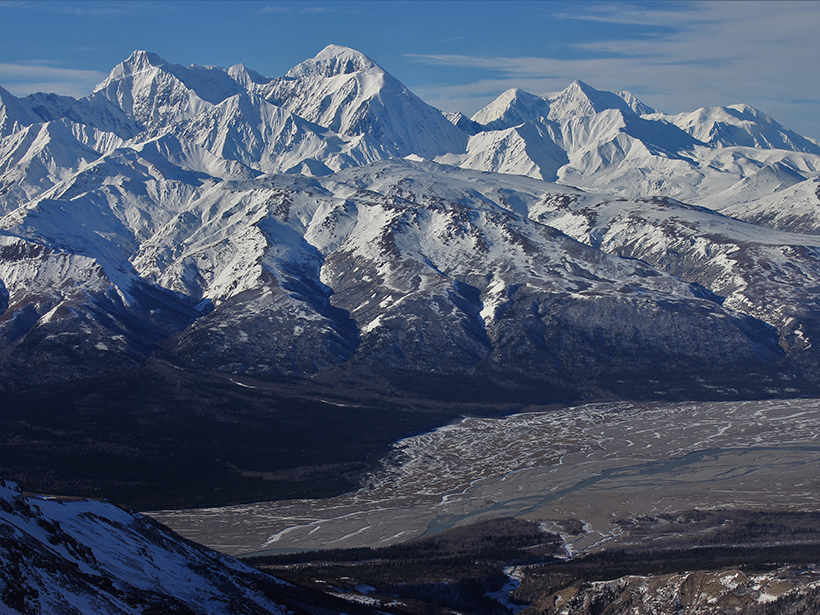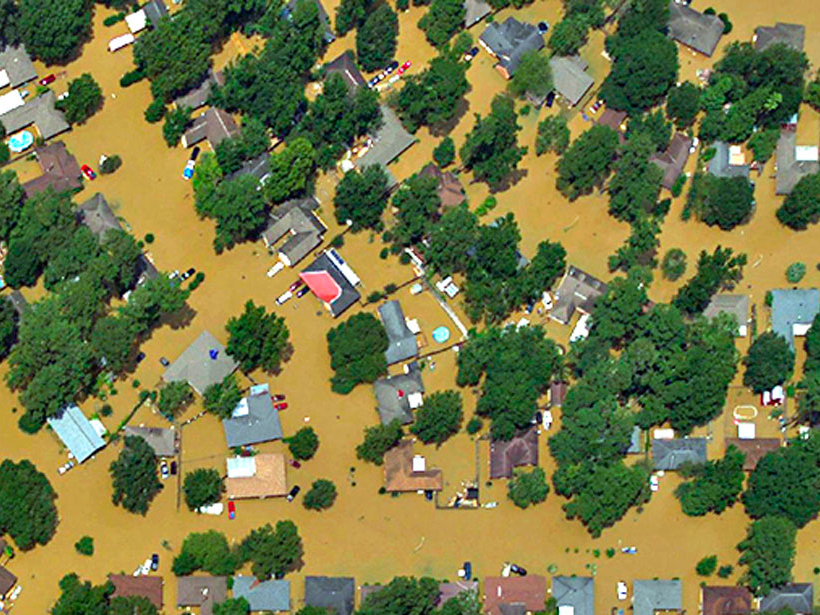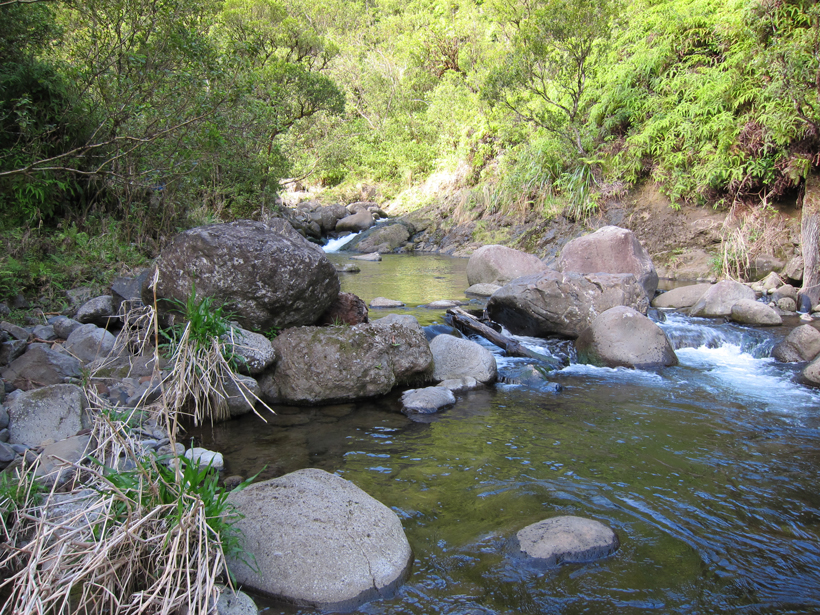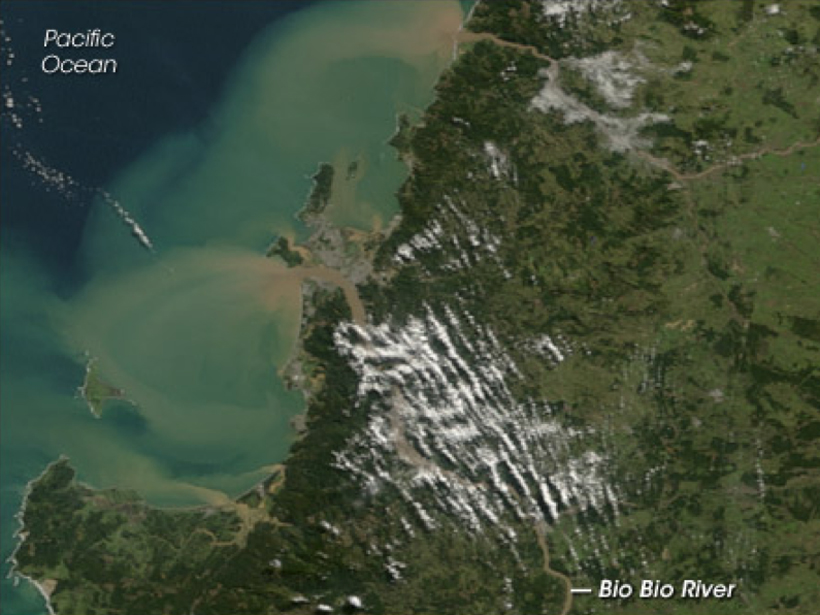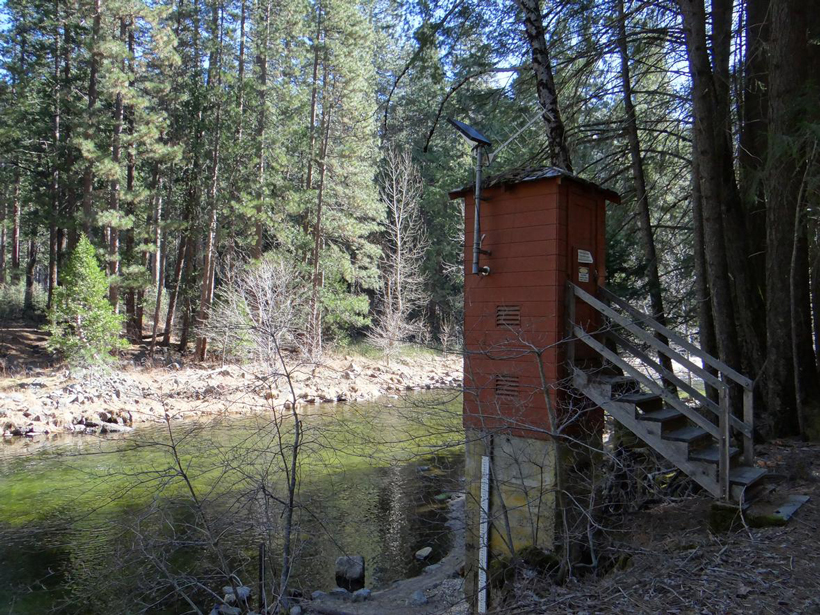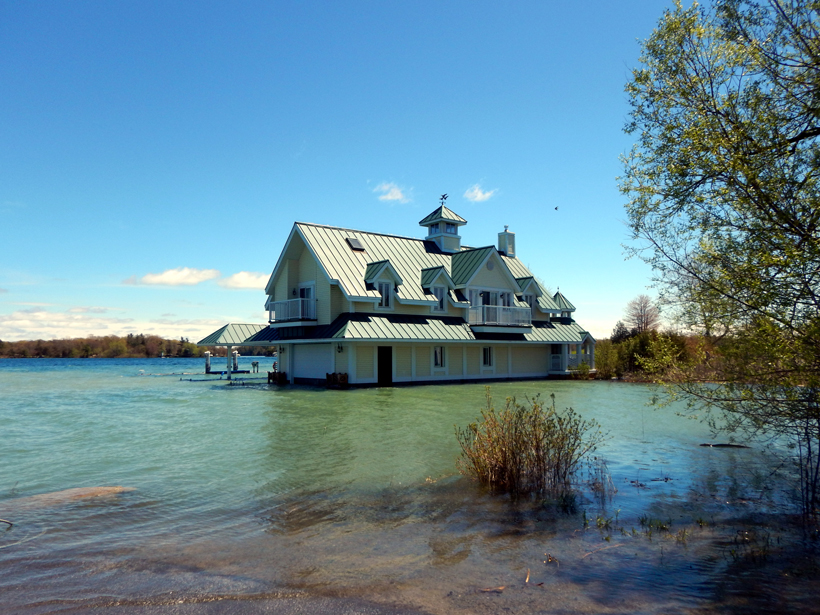Plants and fluctuating river flow work together to balance vertical sediment buildup with sediment delivery to the delta’s edge.
rivers
Church Receives 2017 G. K. Gilbert Award
Michael Church will receive the 2017 G. K. Gilbert Award in Surface Processes at the 2017 American Geophysical Union Fall Meeting, to be held 11–15 December in New Orleans, La. The award recognizes a scientist who has made “a single significant advance or sustained significant contributions to the field of Earth and planetary surface processes” and “also promoted an environment of unselfish cooperation in research and the inclusion of young scientists into the field.”
The River Basin’s Tale: Carbon Transport Along the Thames
A study finds that population growth during urbanization and World War II–era plowing fed additional carbon into the Thames River Basin.
Why Are Arctic Rivers Rising in Winter?
Increased glacial melt is boosting winter streamflows by filling aquifers, a new study on an Alaskan river suggests.
Deciphering Deluges
New modeling approach reexamines two key assumptions about flooding.
What Controls the Shape of Steep Mountain Streams?
The shape of steep river streams changes systematically with channel slope, but field data and theoretical analysis reveal that slope is not the sole factor in setting a channel’s form.
Tracing Land to Ocean River Transport with Cosmogenic Isotopes
Beryllium stored in marine sediments can help scientists study erosion and other environmental changes.
Small Streams Make Big Contribution to Carbon Cycle
A recent paper in Reviews of Geophysics discussed the carbon dynamics of headwater streams.
Improving Water Resources Management from the Ground Up
The key to sustainable water resources management isn’t satellite technology yet—it’s a new spin on time-tested rain and stream gauges.
What Caused the Ongoing Flooding on Lake Ontario?
The floodwaters have also affected residents downstream along the Saint Lawrence River. Although politicians quickly blamed regulations, scientists say it was a perfect storm of natural factors.

